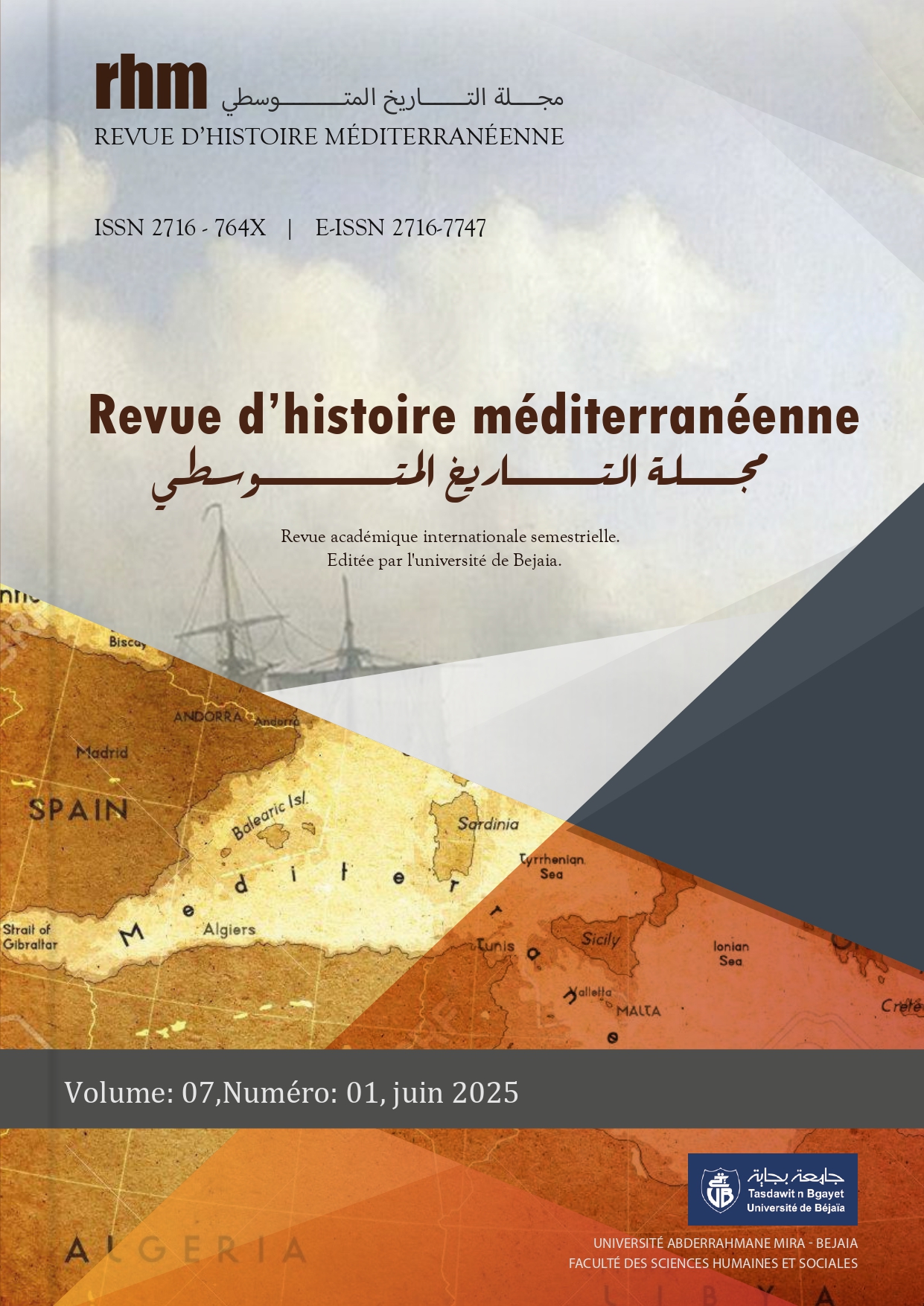Installations de production viticole dans le site archéologique de Mlakou en Algérie
Installations for wine production in the archaeological site of Mlakou in Alegria
Résumé
Les sources historiques, les documents épigraphiques et artistiques indiquent que la culture viticole était déjà développée depuis l’aube de l’antiquité, dans plusieurs régions de l’Afrique du nord, alors que les recherches archéologiques sont rares. Pour cette contradiction, notre étude vise à proposer de nouvelles données provenant des travaux de fouille sur le site de Mlakou. Ces données serviront à pallier au manque de données archéologiques sur ce sujet, offrir des éléments matériels pour distinguer les pressoirs à vin des pressoirs à huile et les sites de production vinicole de ceux de production oléicoles, répondre à l'état paradoxal des recherches sur le vin antique dans les provinces romaines d'Afrique du Nord. Le contenu archéologique du site de Mlakou est constitué principalement des structures d’un secteur de production vinicole. Il est reparti entre deux installations ; une au nord et l'autre au sud et entre les deux, il y a un espace de travail commun. Chaque installation est composée d’une série de bassins pour pressage, foulage et décantation. La répartition de ces structures nous a fait comprendre qu’il eut l’usage de pressoir à levier horizontal. Le processus de production est différent d’une installation à une autre. Dans celle du nord, les raisins sont écrasés par le foulage à pied et dans celle du sud, par le broyage à roue rotative. Dans cette étude, sera présentée une étude descriptive des vestiges matériels pour expliquer le fonctionnement des deux systèmes de production, restitution des moyens de chaque chaine de production de chaque installation, comparaison entre les vestiges du site de Mlakou avec ceux du site de Kherbet El Agoub. Dans l’étude analytique seront cités les facteurs du développement et du déclin de cette installation et de son activité, son rôle dans son environnement géographique, économique et social du quatrième siècle, présentation des principaux résultats de ce travail, qui est sa contribution à l’enrichissement du savoir archéologique sur l’économie ancienne, notamment celui du secteur viticole et son évolution pendant le bas empire. Il permet au lecteur de mieux reconnaitre les éléments matériels d’un pressoir à vin de celui de l’huile et de comprendre le lien entre les facteurs et les conditions de prospérité de cette activité et son déclin dans la vallée de la Soummam durant l'Antiquité tardive. En perspective, cette étude ouvre des pistes sur la possibilité d’utiliser ses données dans la réinterprétation des nouvelles découvertes ainsi que celles des anciens sites qui nécessitent des relectures.










